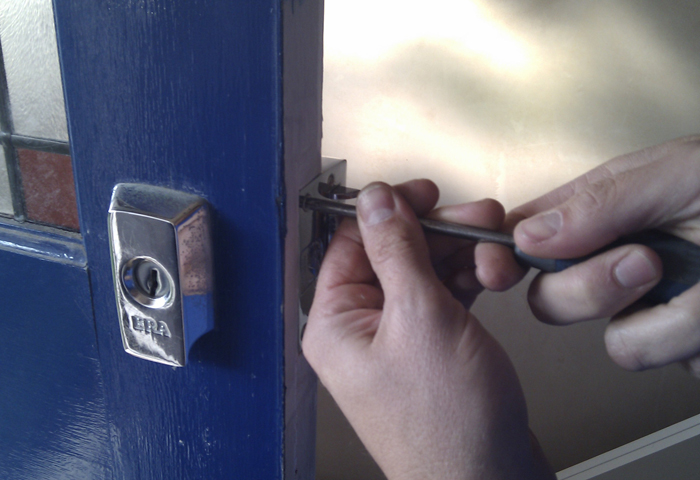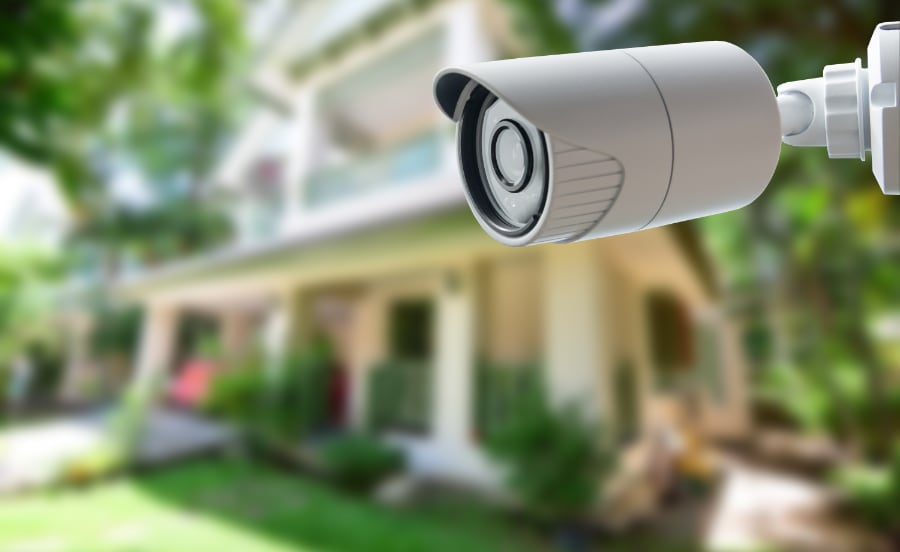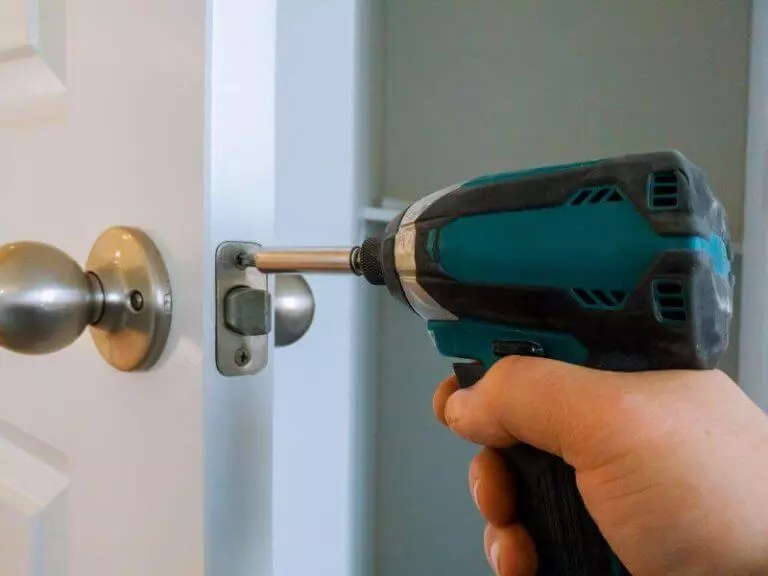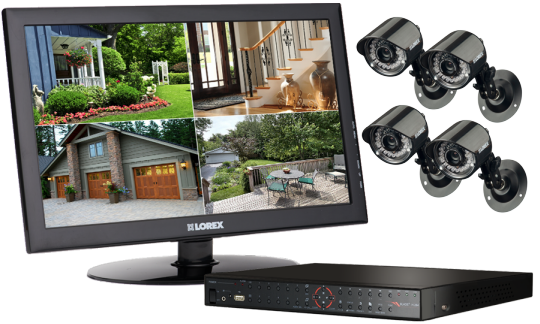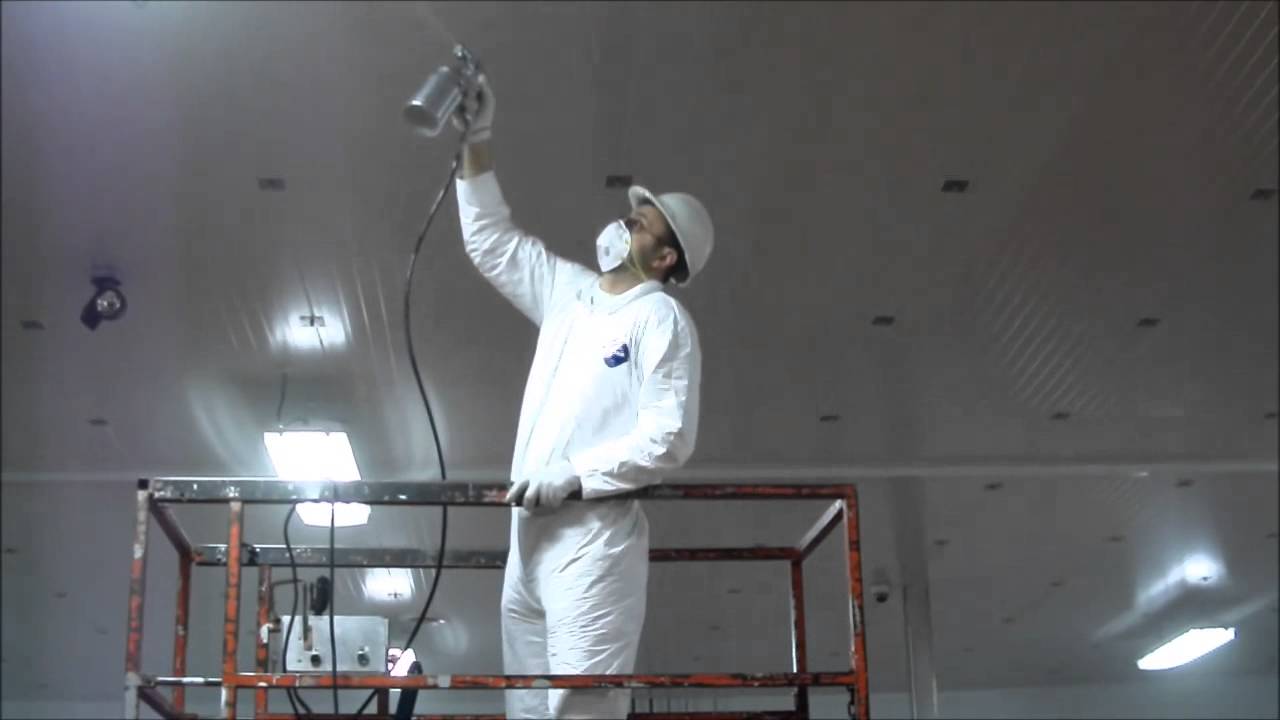A home is meant to be a safe space and an escape from professional and social stress. However, there are still potential dangers that can occur in a house. Unforeseen accidents may include carbon monoxide poisoning or stepping on broken glass after dropping a plate. Yet, there are other aspects that can make your residence a vulnerable target for another danger: intruders and burglars.

The Facts on Burglaries
The FBI has found that 65% of break-ins occur between 6 a.m. and 6 p.m. This may be due to the traditional work schedule that requires homeowners to be away from the house during the day. Many burglars know their victims and are knowledgeable about the type of security system implemented in the residence. Most break-ins last between 8 and 10 minutes, which makes the window of time from pre-threat to post-danger relatively small.
Certain areas of the house are more vulnerable than others. Though the majority of burglaries happen right at the front door, the second-floor windows and garage are also targeted by intruders. Not every thief needs to be a mastermind or have a resume that showcases bank robberies either. About 85% of larcenies are done by non-professionals. Once you become more aware of the likelihood of housebreaking, consider these safety tips.
Safe Practices to Keep Your Home Safe
Switching the locks upon move in is a helpful protection against the risk of burglary. However, there are also other practices you can follow to ensure the safety of family and valuables.
- Keep your landscaping maintained. Criminals tend to target homes that don’t look visually appealing because it gives the impression that the owners don’t invest in security. Trimming trees, grass, and bushes prevents your residence from looking like a vacant lot and eliminates the chance of an intruder hiding in the overgrown shrubs.
- Share vacation photos when the trip has ended. Because people tend to overshare on the Internet, it gives thieves a real-time sense of who is at the property. If you’re posting vacation photos during the trip, it lets individuals know you won’t be home for a while and leaves the house unprotected.
- Test your windows and doors often. Especially if windows or locks have been recently replaced, check the work when the contractor leaves to secure common points of entry. When you’re welcoming strangers onto the property, it’s helpful to make sure everything is working properly once they’re gone.
- Invest in a security system. Whether it’s an alarm system, external video camera, or motion detector, a security system provides physical evidence of burglaries that can be used in a police report. With so many technologies in the security market, you can be as discreet and cautious as your budget allows.
Why Prioritize Security?
When it comes to safety systems and tools that prevent burglaries, understand that your family members and valuables aren’t the only individuals and items being protected. When the amount of security is increased in a particular neighborhood, crime is deterred even for those without a system.
It also allows remote access to the home and provides peace of mind when you’re gone. For more information on burglaries and the technologies that can be set in place to prevent them, take a look at the accompanying resource.
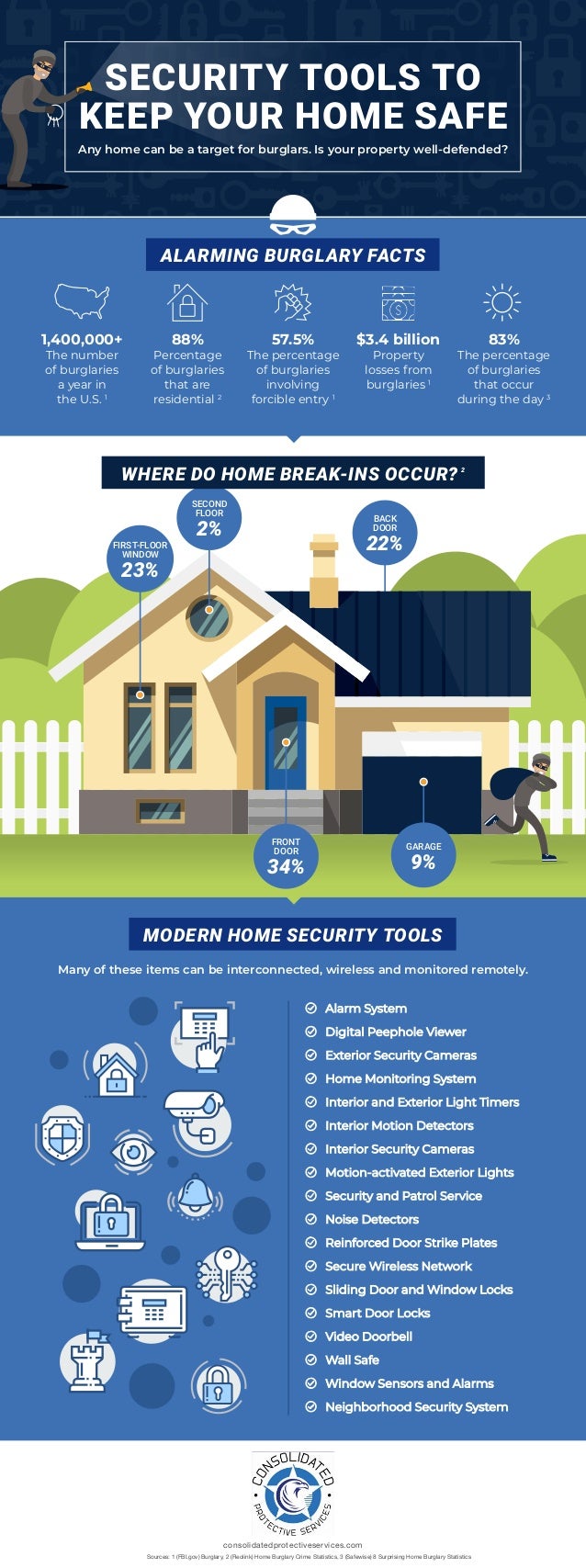
Graphic created by Consolidated Protective Services.

Christine Kelley is a dedicated home blogger who has been blogging for over six years. She covers everything home related. Christine also loves writing posts about her travels to Europe with her husband and two children.


